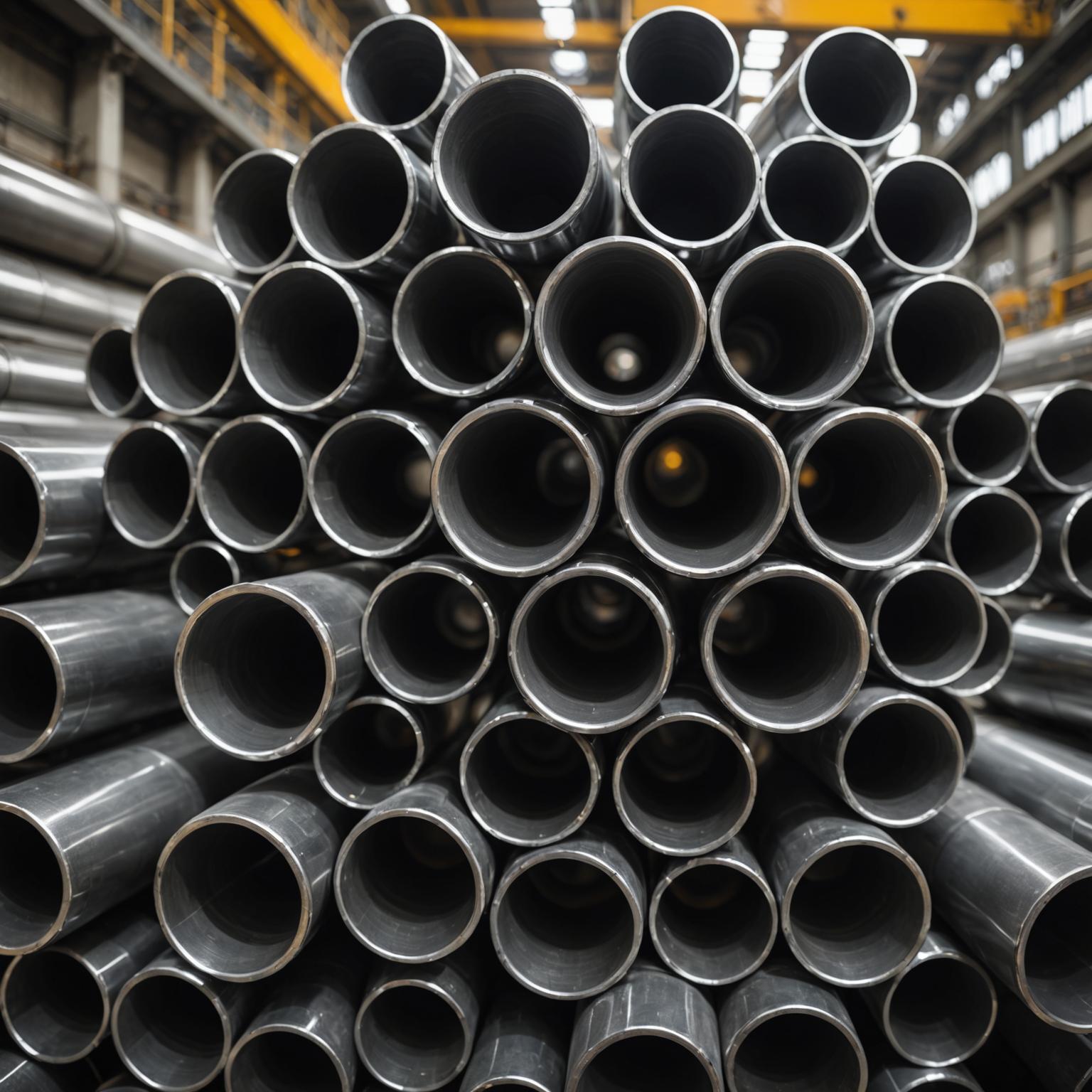Stainless steel is renowned for its durability and resistance to rust, but it's a common misconception that it is entirely invincible. Understanding how to prevent stainless steel pipe corrosion is crucial for ensuring the longevity, safety, and structural integrity of your installations, whether they are in an industrial plant, a marine environment, or a modern architectural project. The prevention of corrosion is not a single action but a comprehensive strategy that involves correct material selection, thoughtful design, proper handling, and consistent, careful maintenance. By adopting these practices, you can protect your investment and ensure your stainless steel pipes perform reliably for decades.
Understanding Stainless Steel and Corrosion
The secret to stainless steel's remarkable resistance lies in its composition. It is an iron alloy that contains a minimum of 10.5% chromium. This chromium reacts with oxygen in the air to form a thin, invisible, and stable layer on the surface called the passive film or chromium oxide layer. This film is self-healing; if scratched or damaged, it will reform almost instantly in the presence of oxygen. However, under certain aggressive conditions, this protective layer can be broken down locally and fail to reform, leading to corrosion. Common types of corrosion that can affect stainless steel include pitting corrosion, which creates small, localized holes; crevice corrosion, which occurs in tight, stagnant spaces; and galvanic corrosion, which happens when stainless steel is in contact with a dissimilar metal in the presence of an electrolyte.
Choosing the Right Grade of Stainless Steel
One of the most effective and fundamental preventative measures happens before installation: selecting the appropriate grade of stainless steel for the specific service environment. Not all stainless steel is created equal. There are hundreds of different grades, each with a unique composition tailored for different applications. For example, Grade 304 is a common, versatile choice for many environments, but in coastal areas or applications involving exposure to chlorides (like salt water or de-icing salts), it can be susceptible to pitting. In such cases, Grade 316, with its added molybdenum content, offers far superior corrosion resistance. For extremely harsh chemical environments, duplex stainless steels or high-performance alloys might be necessary. Investing in premium components, such as High-Performance Alloy Tubing, provides a significant advantage. These products are often crafted from premium-grade alloy materials specifically engineered to offer exceptional strength and guaranteed resistance in harsh environments, removing the guesswork from material selection.
Proper Design and Fabrication Practices
The design of the piping system itself plays a vital role in preventing corrosion. A well-thought-out design will avoid features that can trap moisture, dirt, or contaminants. This means designing for good drainage, avoiding tight crevices, and ensuring smooth transitions at joints. During fabrication and installation, it is absolutely essential to prevent contamination. One of the most common mistakes is using tools, such as grinders, brushes, or hammers, that have previously been used on carbon steel. These tools can embed small iron particles into the stainless steel surface, which will then rust and compromise the passive layer. Always use tools dedicated solely to stainless steel. A seamless design, like that found in the meticulously fabricated Reanliest Pipe, not only enhances structural integrity but also minimizes potential sites for corrosion to begin, reflecting a commitment to dexterous and efficient production and a superior final product.
Effective Cleaning and Maintenance Routines
Regular cleaning is not just about aesthetics; it is a fundamental step in maintaining the protective passive layer of your stainless steel pipes. The goal of cleaning is to remove any surface deposits, such as salt, dirt, or industrial pollutants, that could break down the film and initiate corrosion. For general cleaning, use a mild soap or detergent with warm water, applied with a soft cloth or sponge. Always clean in the direction of the steel's grain or polish lines. After washing, it is critical to rinse thoroughly with clean water to remove any remaining cleaning agent, and then wipe the surface dry with a soft cloth to prevent water spots. Never use chloride-based cleaners (especially those containing bleach), abrasive powders, or steel wool, as these will permanently damage the surface and lead to rapid corrosion.
Controlling the Operating Environment
In many industrial and commercial applications, actively managing the operating environment is a key strategy for preventing stainless steel pipe corrosion. This can involve controlling the humidity levels in the surrounding air or, more critically, managing the chemical composition of the fluids flowing through the pipes. For instance, keeping the concentration of corrosive elements like chlorides and acids below the threshold for the specific stainless steel grade being used is paramount. Monitoring and controlling the temperature is also important, as higher temperatures can accelerate corrosion rates. In closed-loop systems, the use of corrosion inhibitors in the fluid can also be a highly effective strategy.
The Power of Advanced Materials
For maximum protection, especially in critical or high-stakes applications, turning to advanced materials is the ultimate solution for how to prevent stainless steel pipe corrosion. Products like our High-Performance Alloy Tubing are engineered from the outset for unparalleled durability. Their premium-grade alloy composition ensures exceptional resistance against corrosion, promising longevity even in the harshest conditions imaginable. Similarly, the Reanliest Pipe exemplifies engineering superiority, crafted with materials that blend timeless appeal with exceptional resistance. Choosing such high-quality, purpose-built products significantly reduces the risk of degradation, minimizes long-term maintenance costs, and ensures your project meets the highest standards of reliability and safety, delivering peace of mind alongside superior performance.








